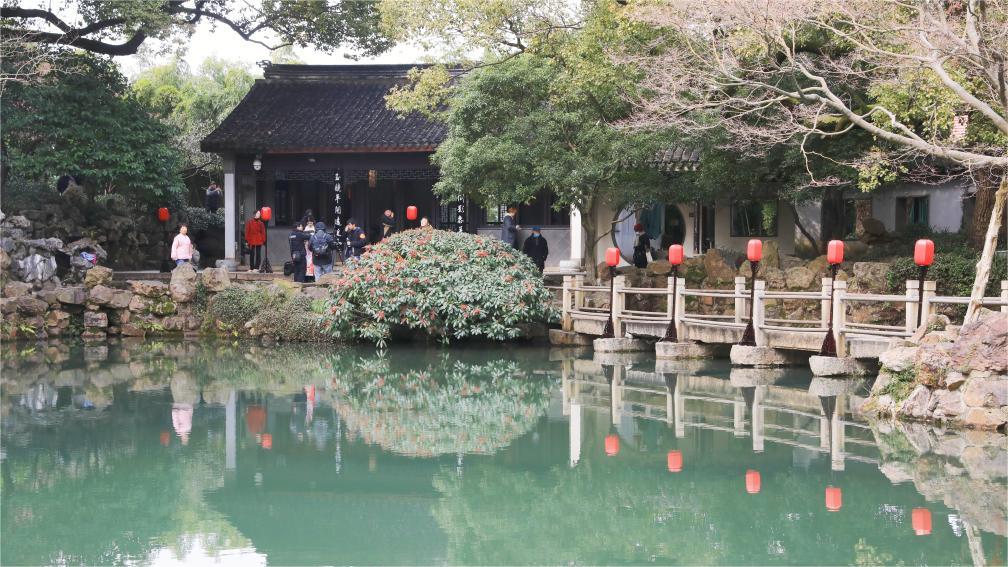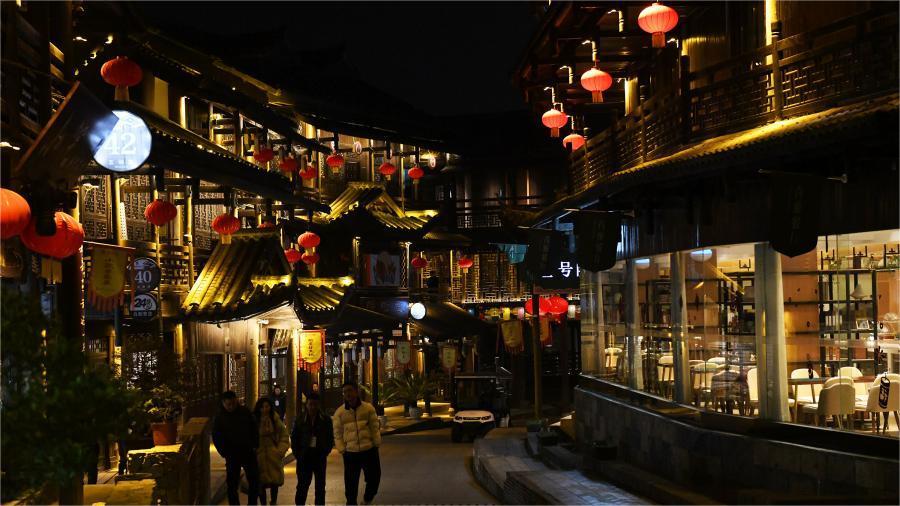The enduring taste of sauerkraut amid NE China's evolution
SHENYANG, March 5 (Xinhua) -- Walking through his neighborhood supermarket in Australia, where packs of Chinese sauerkraut line the shelves, Huang Xiqing feels like he's shopping in his hometown of Shenyang in northeast China's Liaoning Province.
"The sauerkraut soup tastes just like home," said the 45-year-old Chinese expat living in Canberra, a little homesick.
The Chinese sauerkraut, a pickle made of wombok, or Chinese cabbage, is a traditional specialty in northeast China. Now it is sold across China and even exported to foreign countries.
In the past, there was only a small range of fresh vegetables in cold winter in northeast China. Wombok, which was cheap and could be stored for a relatively long period of time, gained popularity with ordinary households.
In Shenyang, 70-year-old Wang Shuqing still maintains the habit of making Chinese sauerkraut every winter. After harvesting wombok from her garden, she puts the leaves into a big jar along with water and salt. Two months later, the Chinese sauerkraut is ready to eat.
However, it is no longer the main course on Huang's menu for Chinese New Year's eve, which now includes braised prawn, fried beef and carp cooked with sweet and sour sauce. "Now that our livelihood has improved and the logistics have developed, we can find whatever we want to eat during winter," she said.
Throughout the years, the old lady has witnessed various changes on her dinner table.
In 1988, China launched a "Vegetable Basket Project" to increase the production of non-staple foods, so as to ensure urban supplies. In 2023, Liaoning built and upgraded about 100,000 mu (about 6,666.7 hectares) of greenhouses.
"Now people have more food to choose from, and they don't just want enough food to eat, but also to eat well," said Zhang Sining, a research fellow from the Liaoning provincial academy of social sciences.
Before the Spring Festival, the food wholesale market in Panjin City of Liaoning became a busy place, where more than 2,000 tonnes of vegetables were transported there from the southern part of China per day. There buyers could also find crabs from Russia, salmon from Norway and cherries from Chile.
The production of traditional foods, such as Chinese sauerkraut, has also risen.
In the township of Damintun, the cultivation area of wombok has increased to more than 30,000 mu. Several Chinese sauerkraut companies have been established, like the Xinmin agricultural product company of the Heilongjiang Cuihua Group, which has now made Cuihua a famous sauerkraut brand.
"We have not only signed contracts with more than 200 local farmers, but also provided job opportunities for over 60 local villagers, with their monthly salary averaging 5,000 plus yuan (about 694.5 U.S. dollars)," said Wu Yaobo, the company's manager.
The company has sold its Chinese sauerkraut not only in the domestic market, but also to foreign countries, including Canada, Japan, the United States, etc.
Chinese sauerkraut has now become a signature dish of northeastern China, where local restaurants make sauerkraut burgers and sauerkraut pizzas to cater to the tastes of young people.
"This is the first time I've tried Chinese sauerkraut, which tastes marvelous," Deng Bin, a tourist from southwest China's Sichuan Province, said in Shenyang.
Between January 13 and 28 this year, when people were making purchases for the Spring Festival, sales of Chinese sauerkraut from northeast China on Douyin, the Chinese version of TikTok, increased more than 10-fold compared with last year.
For Huang Xiqing, however, Chinese sauerkraut is largely about nostalgia and his enduring link with home. "Now that I have tried various delicacies across the globe, Chinese sauerkraut is still one of my favorite dishes, which reminds me of my hometown," he said.
Photos
Related Stories
Copyright © 2024 People's Daily Online. All Rights Reserved.









